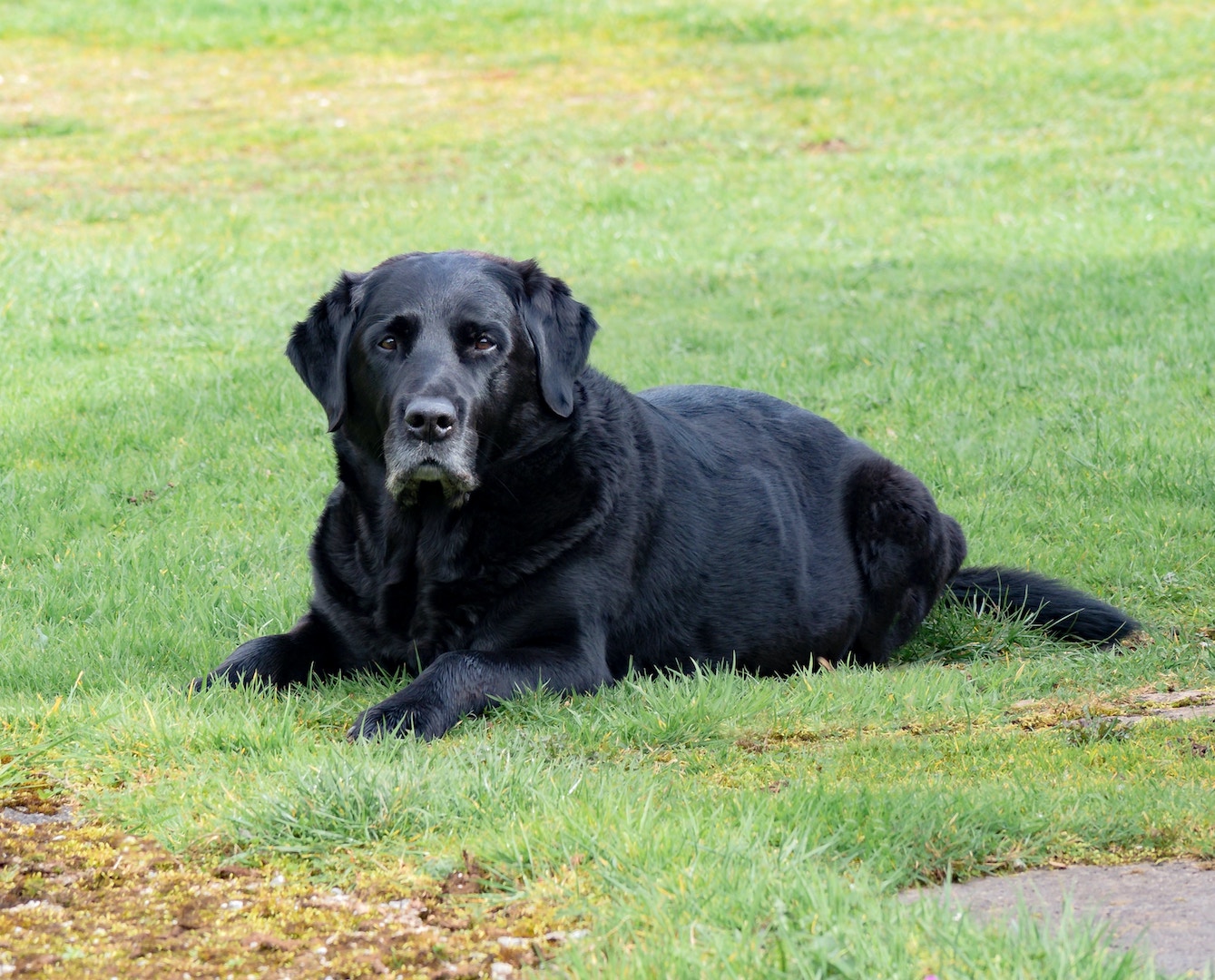In December 2019, Paula Stone-Williams hosted a TEDxMileHigh Adventure. Accompanied by her son, Jonathan Williams, the two led a powerful conversation on gender equality. Some attendees were moved to tears. Others were empowered. Here are six tips I learned during Paula’s Adventure on how to have a productive gender equality conversation.
Paula is no stranger to the TED stage. Her TEDxMileHigh talk in 2017 has over two million views online, and she was invited to speak at the TEDWomen and TEDSummit conferences. In addition to being an advocate for women’s issues, she fosters strong, dynamic environments for women and men to have a productive conversation about gender equality.
A Night For the Women
On a cold, rainy evening in downtown Denver, Paula began our discussion by introducing herself. As a transgender woman, she has life experiences from a man’s and a woman’s perspectives. She has experience as a white, male CEO—and as a woman trying to find her place in her own company.
She told her story confidently before turning the focus on the audience. In groups of six men and women, we shared snapshots of our lives and why we were in attendance that evening.
This is how the entire evening flowed. Paula and her son would share advice and experiences, then we would get a chance to discuss in smaller groups. This ebb-and-flow was similar to any workshop, despite one key difference.
The men sprinkled throughout the groups were asked not to talk. The women discussed life experiences and injustices without a single comment from a male.
After each mini-discussion, we shared our thoughts with the entire group. At this time, and this time only, men were given a chance to voice their thoughts. Women also shared thoughts on the topics—and on the experience of talking about the topics—to the whole group.
I listened to stories of gender-bias and assumptions based on gender. I shared my own experiences of gender inequality. Most importantly, I learned the importance of having these intimidating conversations—and the importance of certain boundaries during these discussions.
A Gender Equality Conversation: Six Tips for Men and Women
In order to continue the gender equality conversation and create productive environments for discussions, here are some tips for men and women:
For the Women
1. Don’t Overthink Microaggressions
This was perhaps the most eye-opening and disheartening to learn. When Paula asked women to share one time we felt underestimated based on our gender, the room fell silent.
We all looked at each other, silently begging someone else to speak first. This silence was not because we lacked words or were too timid to share. And, it wasn’t due to a lack of experience. We couldn’t come up with any examples because there were too many to count. We all had lived a lifetime of prejudice and coming up with just one example to represent all of it felt impossible.
When we all came back together, several women said exactly that: “I have a lifetime of microaggression examples. I’ve become so used to it that I can’t even think of one.” Others shared that they second-guessed their examples. As they said them out loud, they felt their experiences didn’t count or weren’t good enough.
If you experience an injustice because you are or identify as a woman, it counts.
Sigh. Read that again. It doesn’t matter if you were in a corporate office or a carwash. Prejudice is prejudice. In order to have an honest and open discussion, women need to stop overthinking and comparing experiences. These experiences happened, they weren’t fair, and they’re worth sharing.
2. Stop Sugar Coating
Other women at the Adventure had no problem coming up with an example of prejudice in their lives, their problem was sharing it. Many agreed that they were more conscious of their wording or didn’t want to hurt the feelings of the men listening to them.
Women are generally more empathetic than men. But, in a conversation about gender equality, sugar coating your life experiences undermines an opportunity for honest conversation—and when men are listening, a chance for change. Be honest about what you have experienced and how it made you feel. Then, the women in your discussion can empathize and the men can have an honest, clear perspective of what women live through every day.
3. Lean on Other Women
This was the most empowering tip I realized during this discussion. Some of the topics we talked about were triggering. Some women fought through tears as they shared, while others didn’t want to share at all. Regardless of how emotional or intense the conversation became, I realized everyone was feeling similar pain.
As women, we deal with gender bias every day. As unfortunate as it is, it connects us. Instead of trying to compare experiences or block out your emotions, lean on one another. In most cases, we have been there, too. Other women know what it’s like and have felt what you’re feeling. Be honest about problems so we can create productive solutions together.
For the Men
1. Listen
This Adventure was powerful and eye-opening for everyone involved. But, all of the women in attendance felt more empowered to share their experiences because the men were asked and agreed not to talk. They just listened. We didn’t get interrupted by anyone. We felt that the conversation flowed better without having to defend our opinions and experiences.
The men in attendance were given a chance to voice their thoughts and feelings at the end of the entire conversation. Some defended themselves, but most were moved by what they heard. By just listening, these men were now more equipped to continue the gender conversation outside of the Adventure.
So guys, if you want to have a productive conversation on gender equality with the women in your life, just listen.
You can obviously defend yourself where you deem it necessary, but try to really listen to what the women around you are saying. We deal with gender microaggressions throughout our whole lives, so give us space and opportunity to talk and voice experiences freely.
2. Take Women’s Experiences Seriously (and Avoid Comparing)
When the men were given the opportunity to finally speak, one man in the audience shared that he could relate to what we were talking about. He related the management structure and high stakes of his job to our struggles. He mentioned that there were women higher up than him constantly making sure he was doing his job correctly.
We appreciated the connection and sympathy, but this problem of gender bias goes far beyond the workplace. Sure, some of the stories mentioned took place at work, but as women, we deal with bias everywhere. Male privilege is inherent to the experience of maleness. However, gender inequality is not a switch women can turn on and off. It is a reality and often a threat we face every day.
Instead of trying to sympathize, use your privilege to make space for women’s voices—and take action when possible.
Men, it is very disheartening to share triggering experiences only to hear “I know what you’re going through” from someone of the gender that caused the problem in the first place. Gender inequality is a systemic issue. And, life hardships are different than gender-based injustice and inequality. Discuss solutions with the women in your life rather than trying to find an instance where you felt you were being comparatively mistreated.
3. Be Part of the Solution
If you are reading this article, if you’ve attended similar workshops, even if you’ve been a part of a gender equality conversation in the past, then you can be and are part of the solution. Paula’s son, Jonathan, reminded us at the beginning of the evening that the men who were there listening and partaking in the conversation were not necessarily the men who needed to be there. Yet, you are in an effective position to leverage your male privilege to discuss gender equality with the men who refuse to listen or even care about this issue.
Jonathan also mentioned the need for accomplices over allies. “Allies cheer you on from the sidelines, accomplices are in the trenches with you,” he said.
Women don’t just need allies cheering on efforts, we need accomplices helping women’s voices be heard. Women need men to be part of the solution.
A good start is educating yourself about some of the microaggressions women face rather than waiting for a woman to explain it to you. Start by learning about the gender credibility gap, the “phenomenon in which women are not perceived to be as credible as their male counterparts.” You can also watch Jamie Newton’s TEDxMileHigh talk on the gender credibility gap:
Use your male privilege effectively to further the gender equality conversation. Ask other men to quiet down so women can speak up. Use your voice to convey the challenges of gender inequality in environments dominated by males so women don’t have to do all the emotional labor.
Advice For Everyone
This workshop was visibly uncomfortable for the men in the room. And, it was visibly empowering for the women in attendance. We need to foster more environments that are comfortably uncomfortable. A place where women are allowed to voice their opinions and share their experiences, while men can listen and learn. This gender equality conversation will continue beyond Paula’s workshop. It’s a conversation that isn’t going away. And, it is necessary if we hope to achieve gender equality.
Embark on a TEDxMileHigh Adventure
Are you interested in attending an experience like Stone-Williams’ Adventure? Check out TEDxMileHigh’s upcoming Adventures. Explore big ideas up close and personal. Connect with speakers and the TEDxMileHigh community. Interact with Colorado creatives, innovators, and thought-leaders.


















